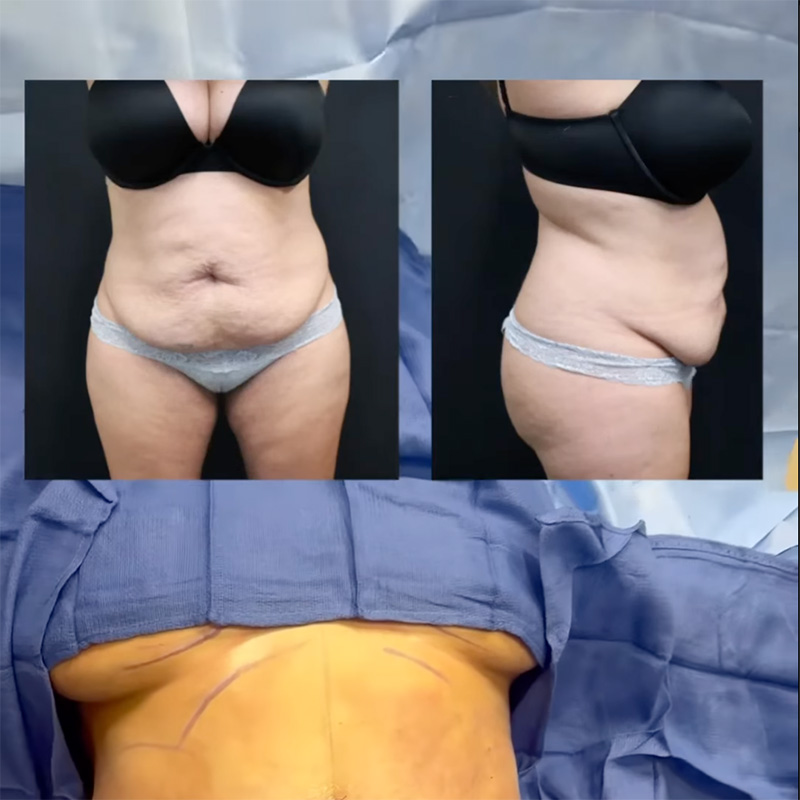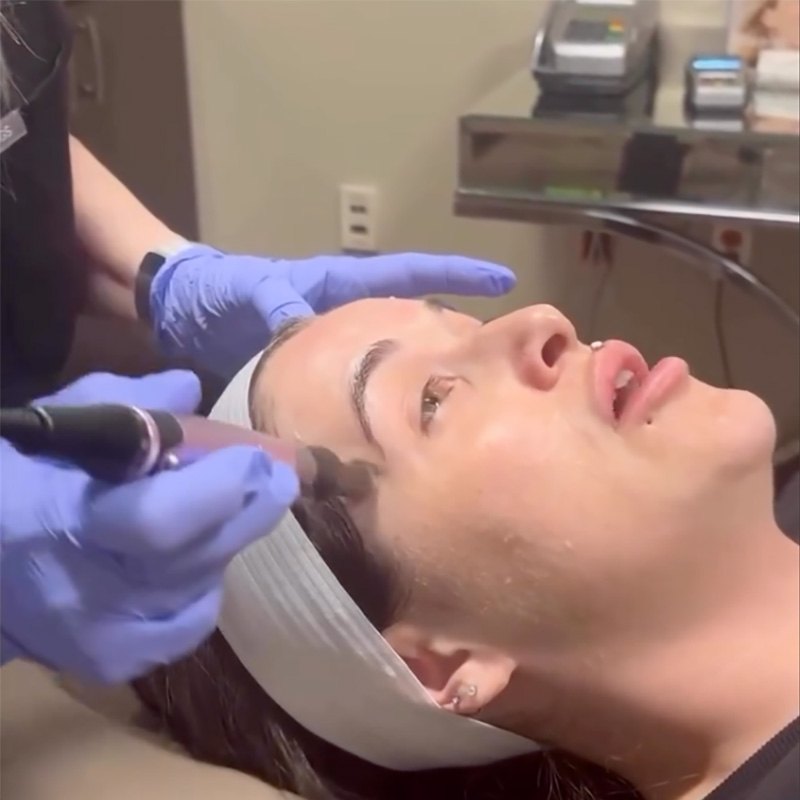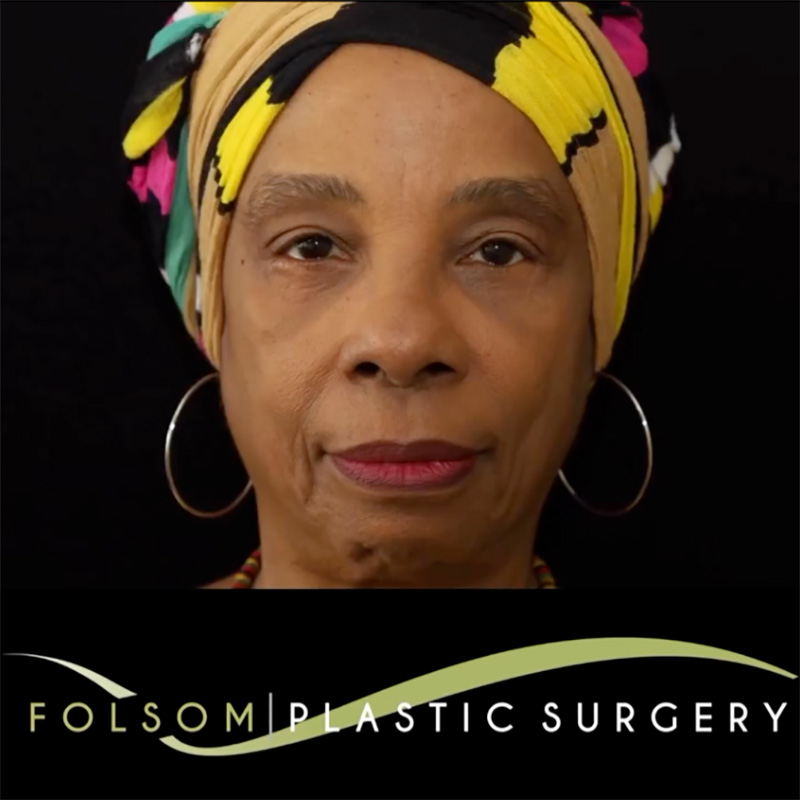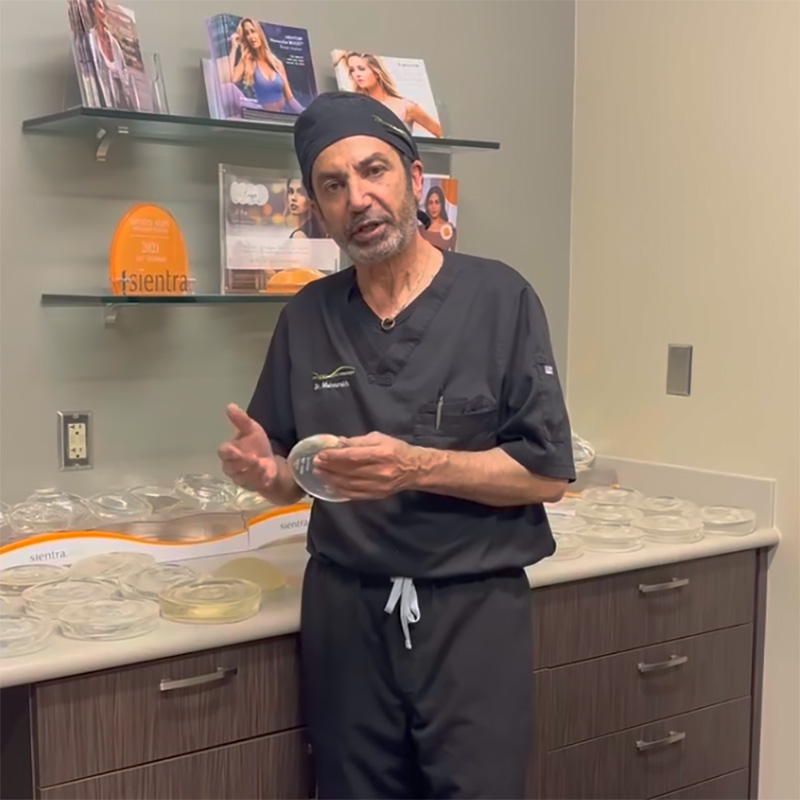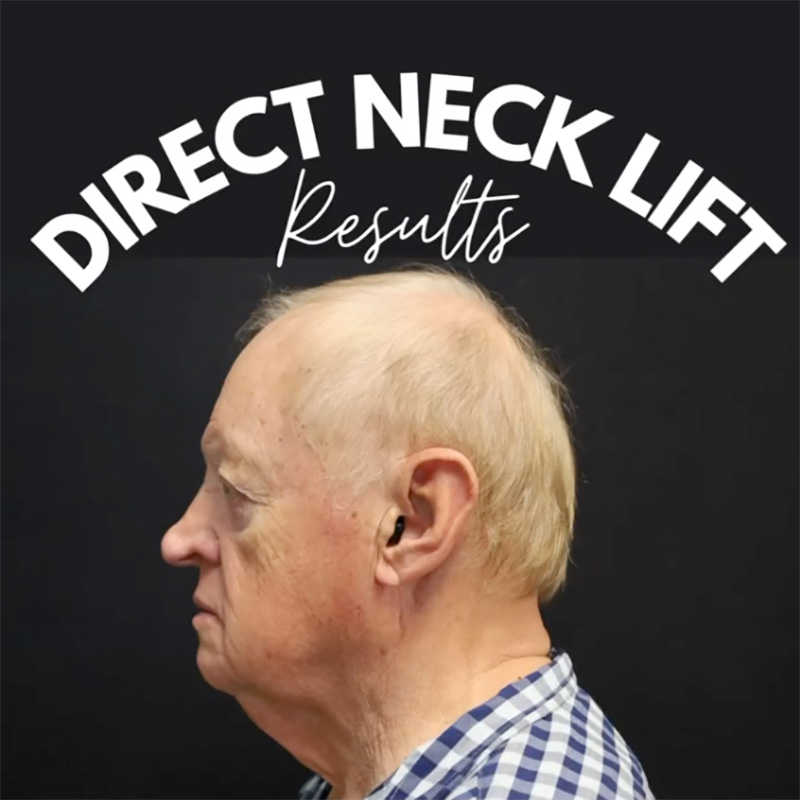
Rhinoplasty, or nose surgery, is one of the most common cosmetic procedures performed today. While the results can be life-changing, healing takes time. Understanding what to expect after rhinoplasty surgery can help you feel more prepared and comfortable during recovery. In this blog, you’ll find a general week-by-week rhinoplasty recovery timeline to guide you through the process.
4 Min Read:
Week 1: Rest and Initial Healing
The first week after rhinoplasty is all about rest and gentle movement. Swelling and bruising are at their peak during the first few days, but most patients are able to manage with over-the-counter pain medication. A splint will be placed on your nose for protection and support; internal splints are sometimes placed to help stabilize the septum.
- Expect some stuffiness and mild discomfort.
- Keep your head elevated, even while sleeping, to reduce swelling.
- Most patients take this week off from work or school.
- Avoid bending, lifting, or strenuous activity.
Dr. Mabourakh will check your progress and may remove the splint around day seven. He does not use nasal packing, so patients are able to breathe through their nose after surgery. However, some congestion from swelling may still linger. This side effect can be reduced with ice application around (not directly on) the affected area.
Week 2: Reduced Swelling and Bruising
By the second week, bruising begins to fade, and swelling decreases. Many patients feel comfortable returning to work, classes, or light social activities.
- Residual swelling may still be visible, especially around the nose and eyes.
- Most discomfort has subsided.
- Makeup can often be used to cover lingering bruises.
At this stage, your nose is still delicate. Follow Dr. Mabourakh’s rhinoplasty recovery instructions closely and avoid contact sports, heavy lifting, or pressure on the area.
Weeks 3–4: Returning to Regular Activities
Around weeks three and four, recovery becomes easier. Swelling continues to improve, and you’ll start to see subtle changes in the shape of your nose.
- Gentle exercise may be reintroduced, and Dr. Mabourakh may clear you for more strenuous activities. It is still important to avoid activities that raise blood pressure or risk impact to the nose until such activities are approved by Dr. Mabourakh.
- Many patients feel more confident at this stage as swelling decreases and the nose starts to show its intended shape.
- You may notice mild swelling return at the end of the day or after light activity, but it usually improves with rest.
Patients often find this period encouraging as the improvements become more noticeable.
Months 2–3: Noticeable Refinement
By the two- to three-month mark, most swelling has resolved, and the shape of your nose becomes more apparent.
- You can typically resume most forms of exercise, with Dr. Mabourakh’s approval.
- You may still notice some numbness or stiffness in the nasal passages or at the tip, but this usually improves over time.
- If functional concerns such as a deviated septum are corrected, many patients notice easier breathing by this stage.
Although your nose will look much closer to its final form, subtle changes are still occurring beneath the surface.
Months 6–12: Final Results
Rhinoplasty recovery is gradual. While you’ll enjoy early improvements, the final results can take up to a year to fully develop.
- Residual swelling continues to fade, with the nasal tip often being the last area to fully settle.
- The nose refines into its final shape.
- Patients feel fully healed and confident in their results.
Dr. Mabourakh continues to check your healing during this stage, focusing on both the appearance of the nose and your breathing.
Tips for a Smooth Rhinoplasty Recovery
Following Dr. Mabourakh’s instructions is key to a successful rhinoplasty recovery. Here are a few reminders:
- Do not smoke, as it slows healing.
- Avoid direct sun exposure to prevent discoloration.
- Use cold compresses on the cheeks, avoiding direct contact with the nose, during the first few days to help ease swelling.
- Be patient—healing takes time, but the results are worth it.
Interested in Rhinoplasty in Sacramento, CA?
If you are considering rhinoplasty, Dr. Mabourakh offers expert care and personalized treatment in Sacramento. Call (916) 984-8585 for our Folsom office, (209) 464-5656 for our Stockton office, or reach out through our contact page to schedule your consultation.


